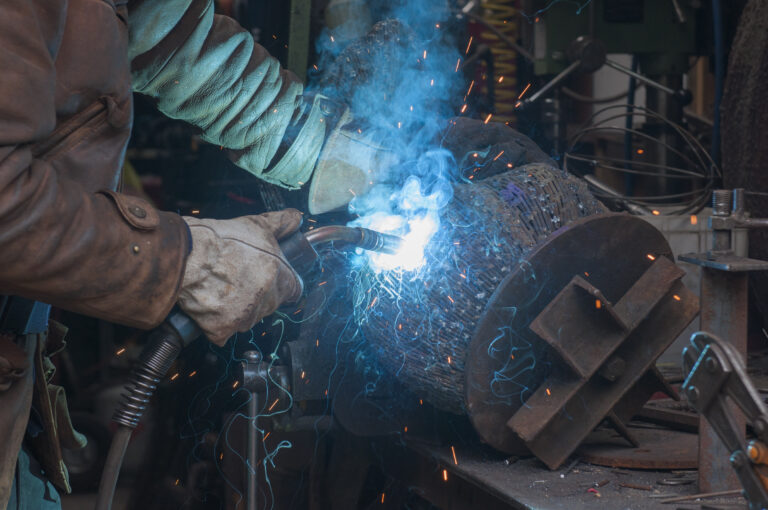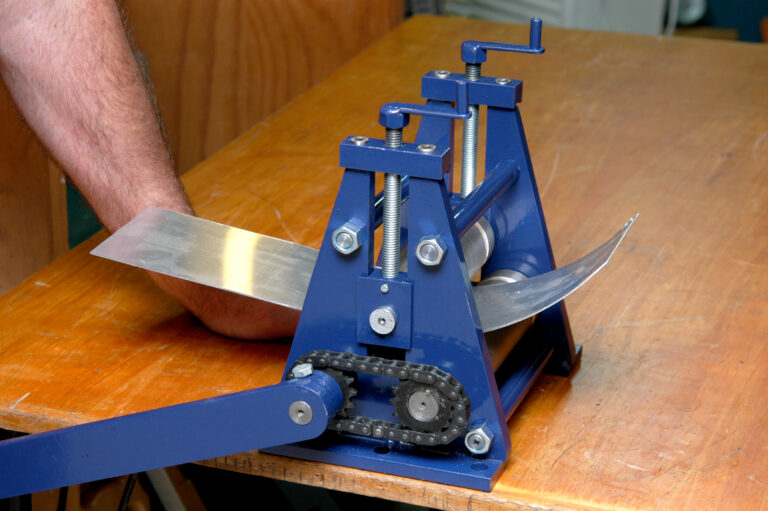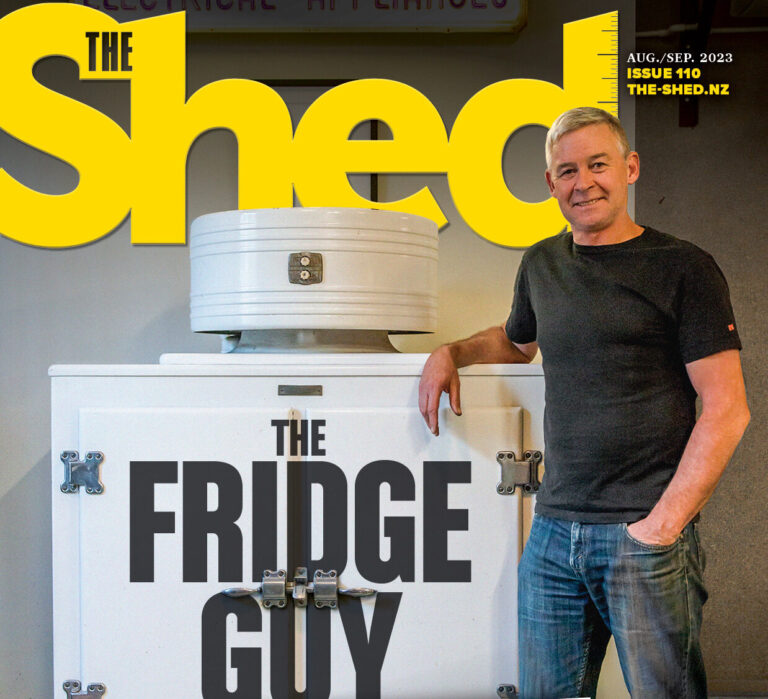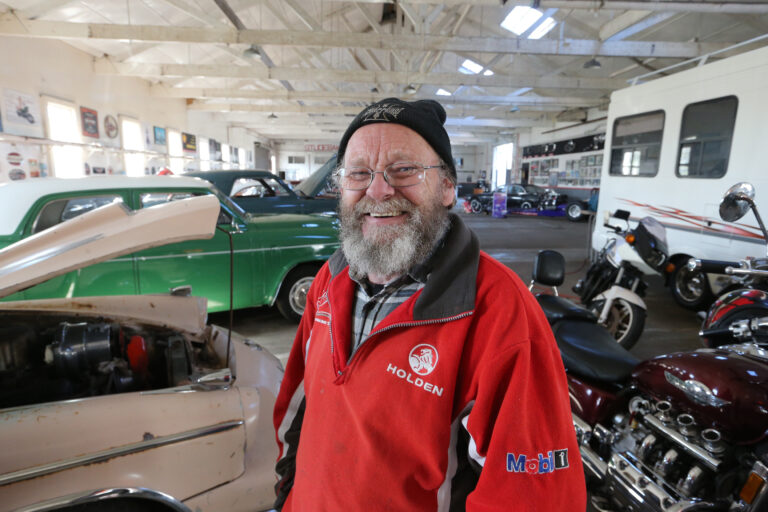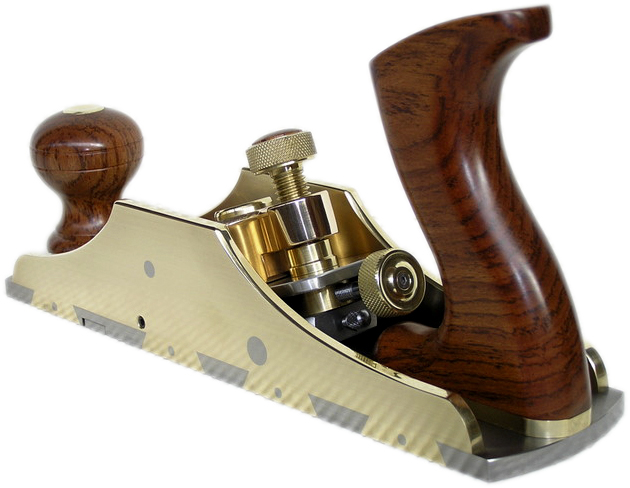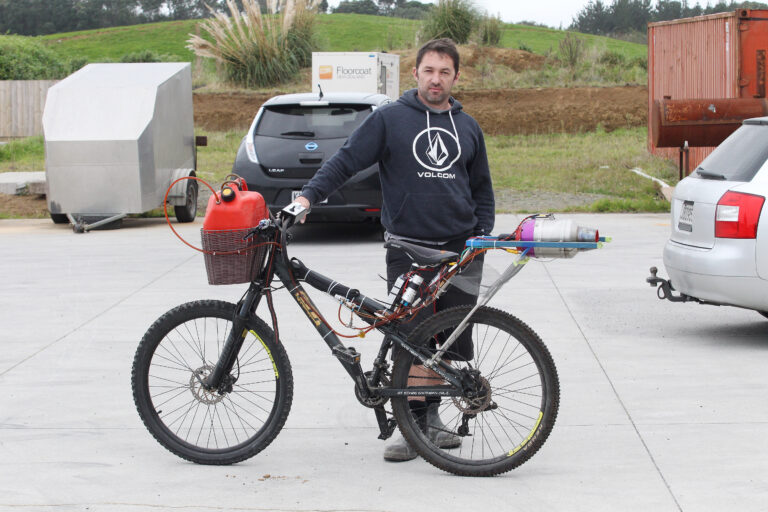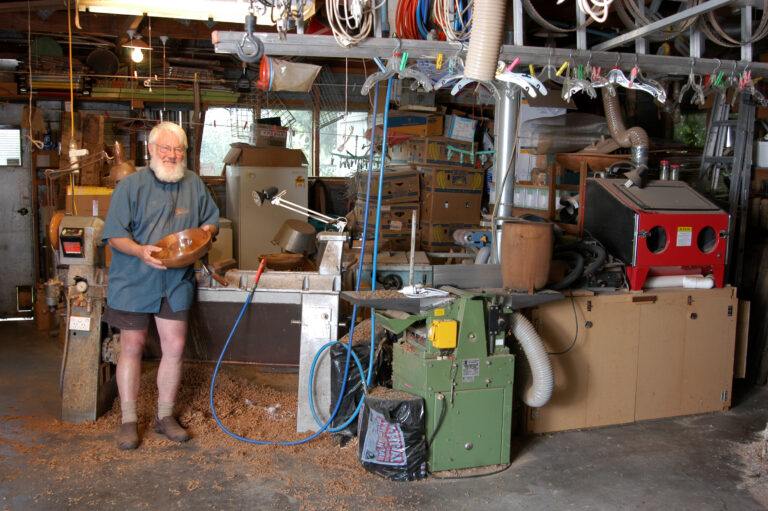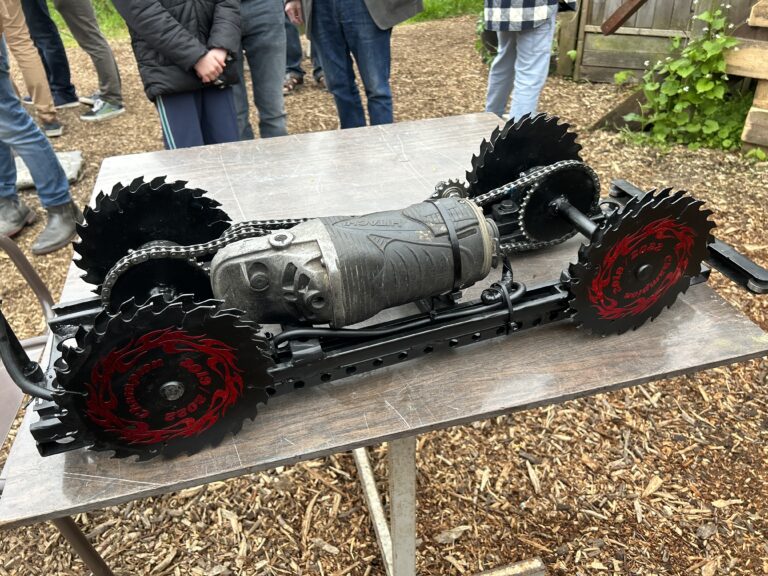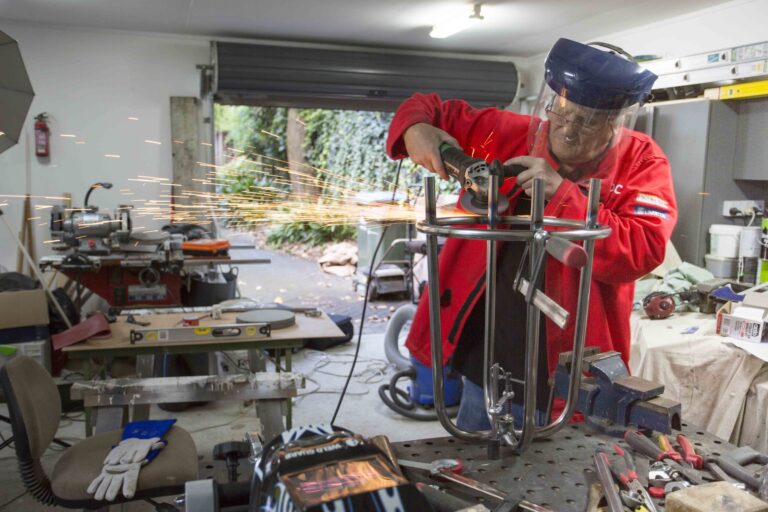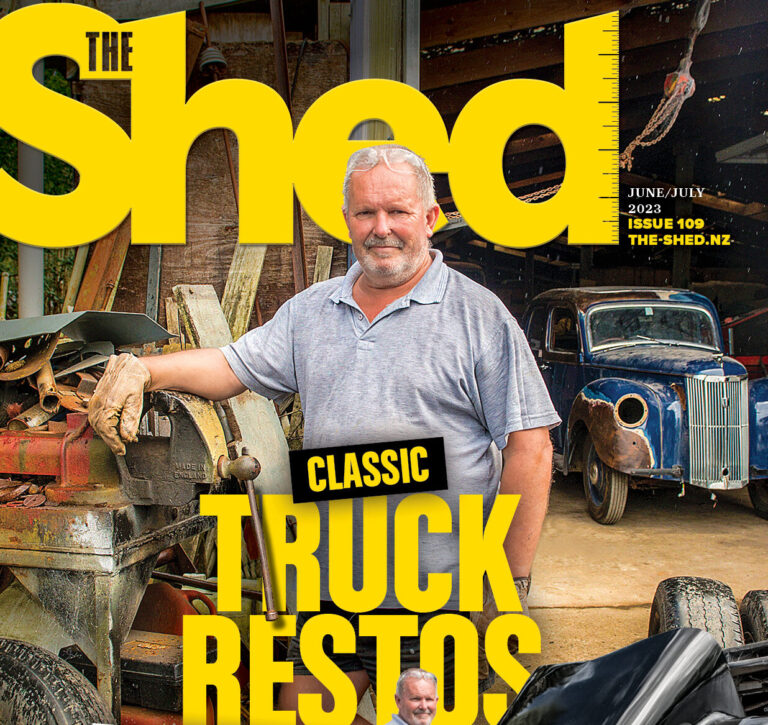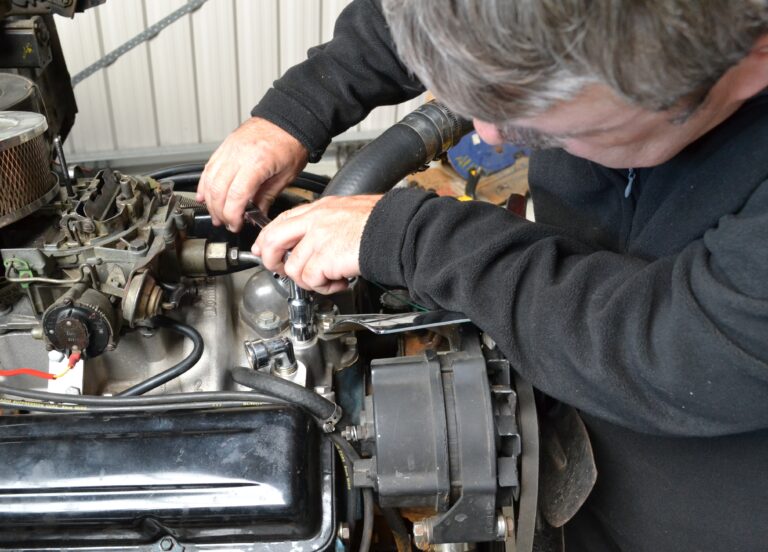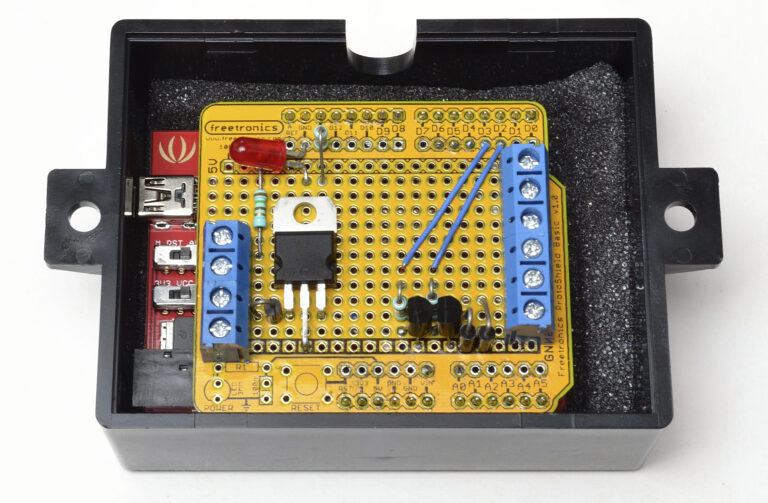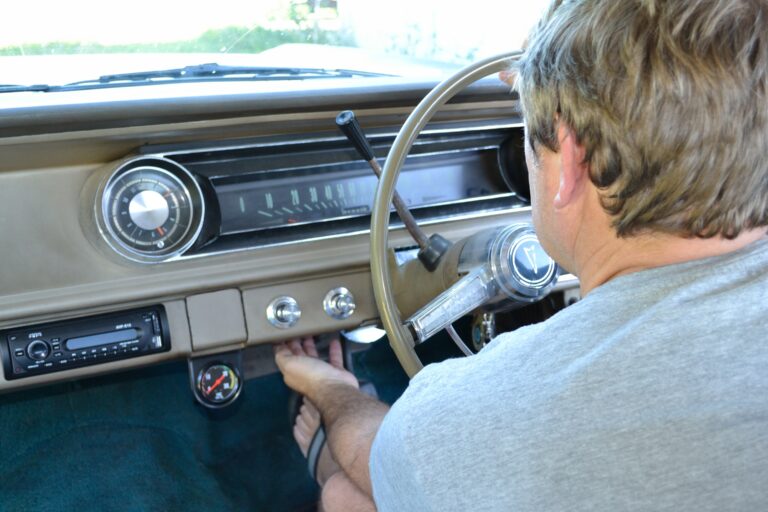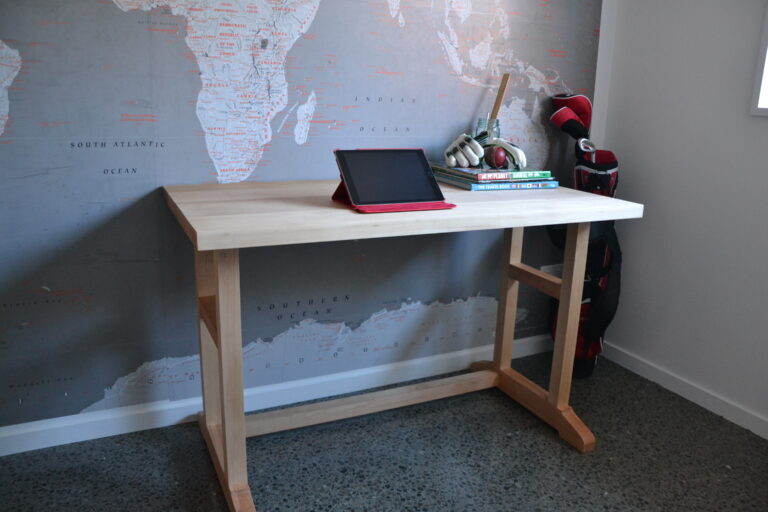
The perfect desk job
The desk that is the subject of this article was made for one of my grandsons and is made in a similar style to a bed I made for him several years ago (see the article in The Shed, issue 43, June/July 2012). Like the bed it is made out of beech and finished with Danish oil.
While I have been able to undertake almost all of the processes in my hobby- styled workshop, I want to stress that this desk could be made at home with just a few hand tools. For example, you could ask the timber yard to dress the timber for you; all cutting could be done with a handsaw or a coping saw for the curves; the mortises and tenons could all be done by hand. The process would take longer but you would certainly enhance your skills.
The design process is always interesting for me and, with some initial design concepts in my head, I sit at the drawing board and draw out to scale two or three 2D versions of what I think the final product will look like.

